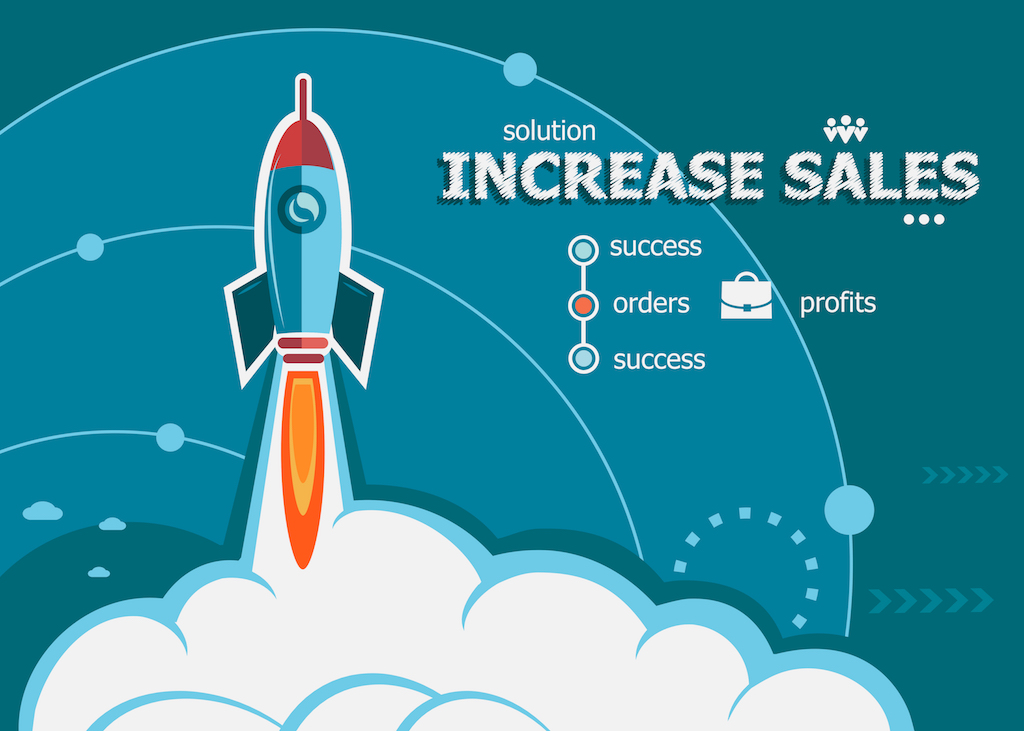John Cradden explores how SME owners can forecast and monitor cash flow effectively to sustain business growth and maintain stability.
If you’re handling the finances in your business on a day-to-day basis, you’ll understand the importance of forecasting and monitoring cash flow. It’s possible for a business to survive for a while without sales or profits, but if there’s no cash then it’s game over.
It’s also possible to be profitable but still struggle with cash flow to the extent that it will eventually snuff out any business, even ones with a lot of potential.
“By following these principles, you can see when you expect to have a cash surplus or a cash shortfall, and put you in a stronger position to manage your cash over the year”
The business of managing cash flow will involve taking into account three types of cash flow cycle:
- Seasonal variations in cash flow, when sales do better in some months than others
- The length of time between selling your product and getting paid for it
- What you need to pay to suppliers and on taxes
The ideal, of course, is to be collecting more money than you spend, but there will be times when you’ll spend more than you collect, so its these periods that you need to monitor closely and take action if needed.
Make a cash flow forecast
A cash flow forecast, sometimes known as a cash flow projection, estimates your cash flow on a month-by-month basis.
Most cash flow forecasts aim to help you project out over a 12 month period. This means you can see at a glance what your business might expect to be spending and receiving in three, six or nine months’ time.
Many people create a cash flow forecast within a spreadsheet, or you can use free templates available, such as these useful ones from Sage.
A cash flow forecast is usually split into two sections, one for income and one for expenses.
Start with your business income, which is all the ways your business will generate cash. In most cases this will be through sales, but should also include any income through any loans or grant supports.
Then, in the other section, enter in details of all your spending, your business expenses and outgoings. These will include fixed costs such as rent, energy bills, transport, wages and loan repayments, as well as variable costs that rise or fall depending on your sales performance, such as stock, advertising and marketing.
If your business is registered for VAT, you must charge the applicable rate of VAT on any services you provide, or products you sell. VAT should be included as turnover in the month you receive it and under expenditure in the month that you make your VAT payment to Revenue.
In Sage’s cash flow forecasting template, columns for income and expenditure are further split into estimated vs actual columns for each month, with the idea that you can fill in the latter once the month in question has ended to see how accurate you were – which can then inform further cash flow forecasting.
Avoid common pitfalls
One of the most common pitfalls when doing cash flow accounting, according to Sage, is to base it on accruals accounting rather than cash accounting.
Cash accounting is when you record income as you get it and when you spend anything, whereas accruals accounting records income and expenditure as they’re incurred, even if, for example, you won’t get the money from a sale until 30 days later under the terms of a typical 30-day payment agreement with your customer.
In other words, you should only be detailing income and expenditure in the forecast when you expect it to be received or spent. This might mean you have two or more entries in the forecast each month for incoming cash – one for sales for which you receive cash immediately, and another entry for receivables (i.e. money that’s come in that you’re owed, most likely from previous months).
If you’re starting a new business, according to Sage, calculating sales in a cash flow forecast will be tricky as you won’t have any sales figures from the previous year compare with or identify patterns.
But things should be easier when calculating receivables because all you need to do is look at your existing invoices and terms, plus any sales contracts. For example, a €500 sale made last month on 30-day payment terms can be entered into the receivables column for this month, and use the length of the contract to project over the coming months.
Another pitfall is not to include all sources of income, besides sales. At the end of the day, it’s all about what cash is coming in and out, regardless of the source.
In the same way that you aim to record any income you receive when you receive it, the same is true for when you plan to pay for something. So if you pay your electricity bill every quarter, you should include the full payment in the month it’s made, rather than divide by four to spread it across the relevant quarter. Same goes for yearly payments, in which case you record the lump sum at the time it’s paid, not over 12 months.
By following these principles, you can see when you expect to have a cash surplus or a cash shortfall, and put you in a stronger position to manage your cash over the year.
Invoice financing
That said, some firms may still need assistance from invoice financing facilities in order to access working capital to tide them over when cash is tied up in unpaid invoices, typically advancing up to 80-90% of the invoice value.
Such finance, available from providers like Bank of Ireland can also be used to navigate economic challenges, invest in growth opportunities and sustain employment levels.
A new €30m invoice financing fund was announced in September by The Strategic Banking Corporation of Ireland (SBCI), the State’s promotional financial institution, and business lender Bibby Financial Services Ireland. The fund offers invoice financing at up to 1.3% discount from standard facility rates offered by the lender.
Many Irish SMES have also accessed invoice financing through peer-2-peer lending platforms.
Top image: Photo by GVZ 42 on Unsplash
-
Bank of Ireland is welcoming new customers every day – funding investments, working capital and expansions across multiple sectors. To learn more, click here
-
For support in challenging times, click here
-
Listen to the ThinkBusiness Podcast for business insights and inspiration. All episodes are here. You can also listen to the Podcast on:
-
Spotify
-
SoundCloud
-
Apple






